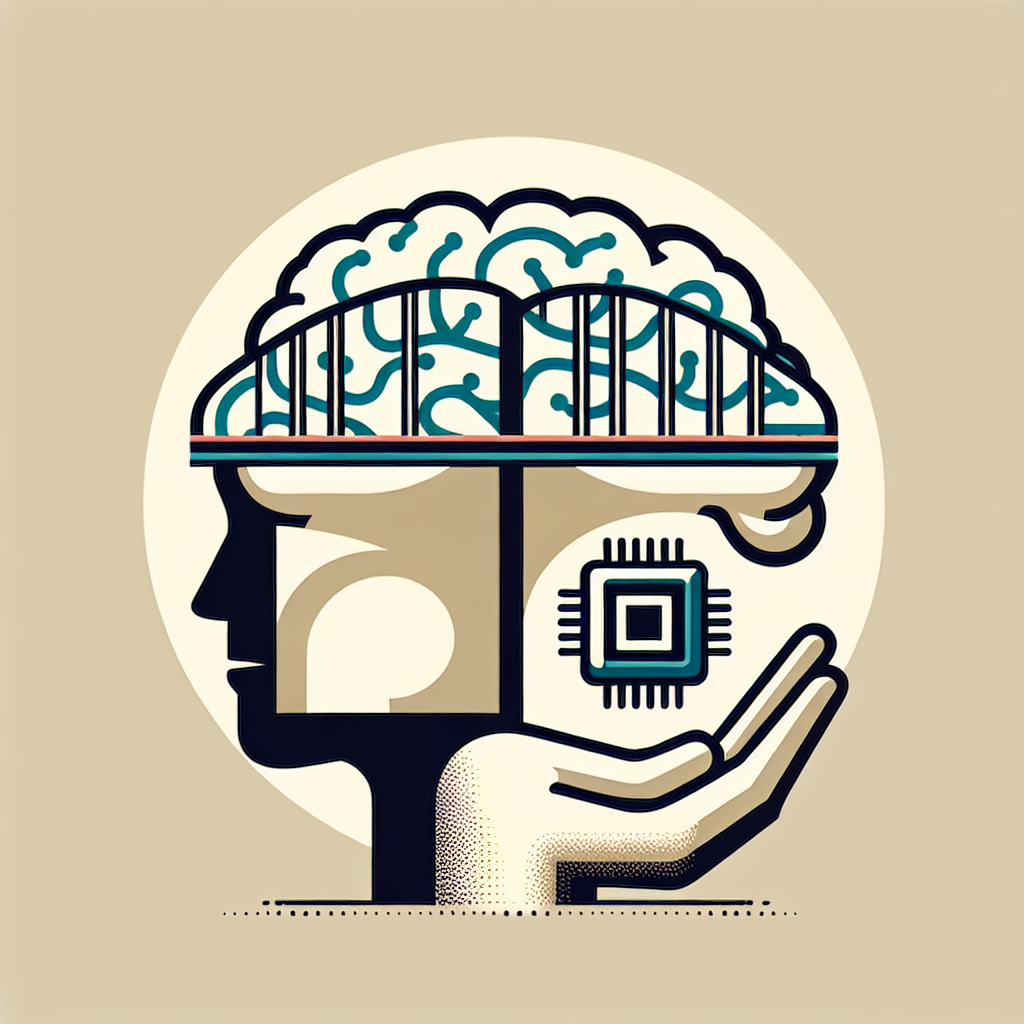Artificial General Intelligence (AGI) is a concept that has long captivated scientists, researchers, and science fiction enthusiasts alike. It represents the idea of creating a machine that possesses the same level of intelligence and cognitive abilities as a human being. While we have made tremendous strides in the field of artificial intelligence (AI) in recent years, achieving true AGI remains an elusive goal. In this article, we will explore the concept of AGI, its implications, and the challenges that lie ahead in bridging the gap between human intelligence and machine learning.
What is AGI?
AGI, also known as strong AI or full AI, refers to a machine that can perform any intellectual task that a human being can do. This includes reasoning, problem-solving, learning, perception, and understanding natural language. Unlike narrow AI, which is designed to perform specific tasks within a limited domain, AGI has the ability to learn and adapt to new situations and tasks without being explicitly programmed to do so.
The ultimate goal of AGI is to create a machine that possesses general intelligence, similar to that of a human being. This would require the machine to be able to understand and learn from its environment, reason about complex problems, communicate effectively, and exhibit creativity and emotional intelligence. Achieving AGI would mark a significant milestone in the field of AI and have far-reaching implications for society as a whole.
Implications of AGI
The development of AGI has the potential to revolutionize virtually every aspect of human life. From healthcare to transportation, education to entertainment, AGI could be applied to a wide range of fields and industries, leading to unprecedented levels of innovation and progress. Here are some of the key implications of AGI:
1. Increased productivity: AGI has the potential to automate a wide range of tasks that are currently performed by humans, leading to increased productivity and efficiency in various industries.
2. Improved decision-making: AGI could help humans make better decisions by analyzing vast amounts of data and identifying patterns and trends that may not be readily apparent to human beings.
3. Enhanced creativity: AGI could assist humans in the creative process by generating new ideas, designs, and solutions to complex problems.
4. Personalized interactions: AGI could be used to create personalized experiences for individuals in areas such as healthcare, education, and entertainment.
5. Ethical considerations: The development of AGI raises important ethical questions, such as how to ensure that machines make ethical decisions and behave in a socially responsible manner.
Challenges in Achieving AGI
While the potential benefits of AGI are immense, there are numerous challenges that must be overcome in order to achieve this goal. Some of the key challenges include:
1. Complexity: The human brain is an incredibly complex organ, with billions of neurons and trillions of connections. Replicating this level of complexity in a machine is a daunting task that will require significant advancements in hardware and software.
2. Understanding intelligence: Despite decades of research, scientists still have a limited understanding of how intelligence works and how it can be replicated in a machine. Developing a comprehensive theory of intelligence is essential for achieving AGI.
3. Data and algorithms: AGI will require vast amounts of data and sophisticated algorithms in order to learn and adapt to new situations. Developing these algorithms and ensuring that they are robust and reliable is a major challenge.
4. Ethics and safety: The development of AGI raises important ethical questions, such as how to ensure that machines make ethical decisions and behave in a socially responsible manner. Ensuring the safety and security of AGI systems is also a major concern.
5. Societal impact: The widespread adoption of AGI could have significant implications for society, including the potential for job displacement, economic disruption, and ethical dilemmas. Addressing these issues will be essential for ensuring that AGI benefits humanity as a whole.
FAQs
Q: When will AGI be achieved?
A: Predicting when AGI will be achieved is difficult, as it depends on a wide range of factors, including technological advancements, research progress, and funding. Some experts believe that AGI could be achieved within the next few decades, while others believe it may take much longer.
Q: What are the risks of AGI?
A: The development of AGI raises important ethical questions, such as how to ensure that machines make ethical decisions and behave in a socially responsible manner. There is also concern about the potential for AGI to be misused or to cause unintended harm.
Q: How can we ensure the safety of AGI?
A: Ensuring the safety and security of AGI systems will require robust testing, monitoring, and oversight. Developing ethical guidelines and standards for the development and deployment of AGI will also be essential.
Q: Will AGI replace human workers?
A: The widespread adoption of AGI could lead to job displacement in certain industries, as machines are able to perform tasks more efficiently and cost-effectively than humans. However, AGI also has the potential to create new job opportunities and stimulate economic growth.
Q: What are the potential benefits of AGI?
A: AGI has the potential to revolutionize virtually every aspect of human life, leading to increased productivity, improved decision-making, enhanced creativity, personalized interactions, and ethical considerations.
In conclusion, the development of AGI represents a significant challenge and opportunity for humanity. While achieving true AGI remains a distant goal, the potential benefits of this technology are immense. By addressing the key challenges and ethical considerations associated with AGI, we can ensure that this powerful technology is used to benefit humanity as a whole.

